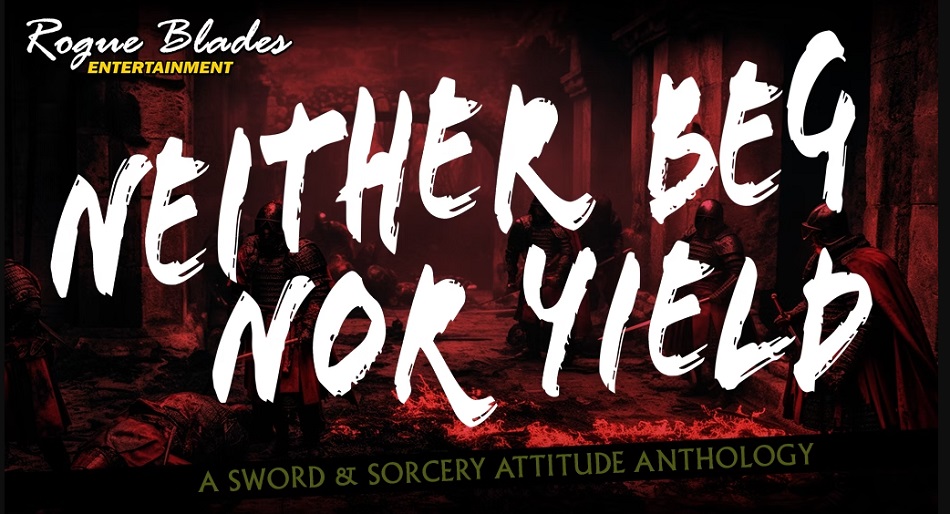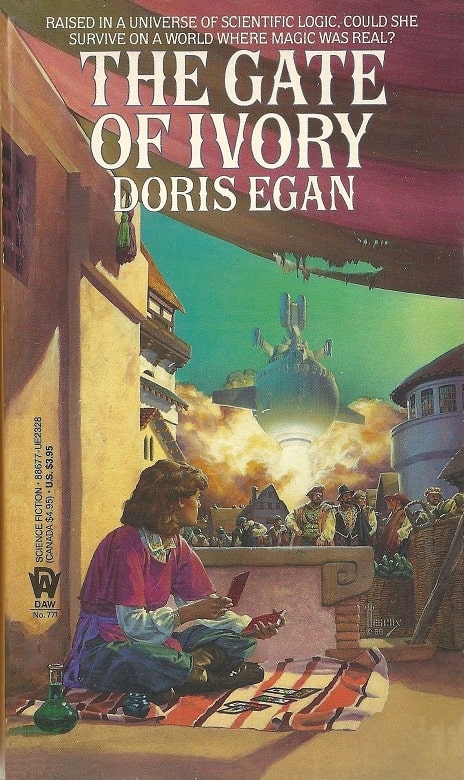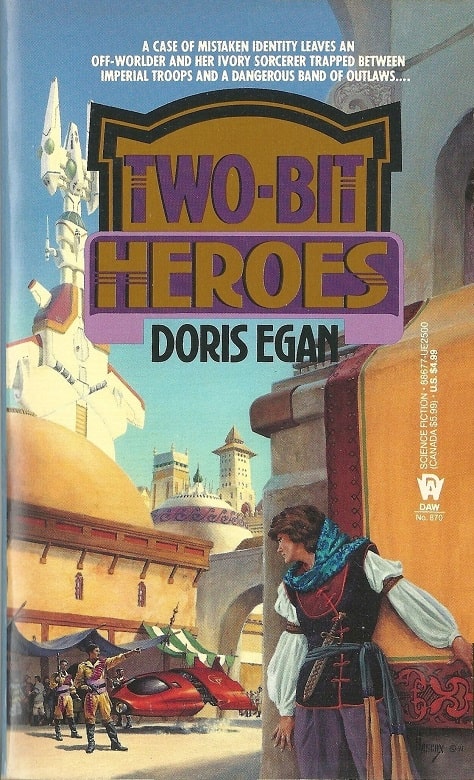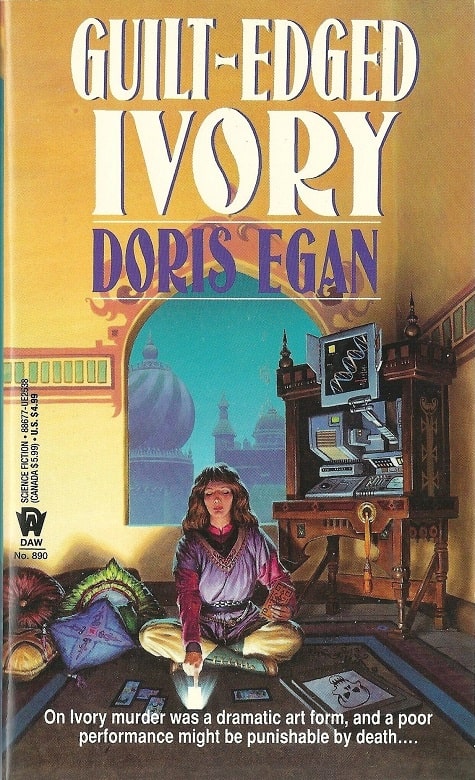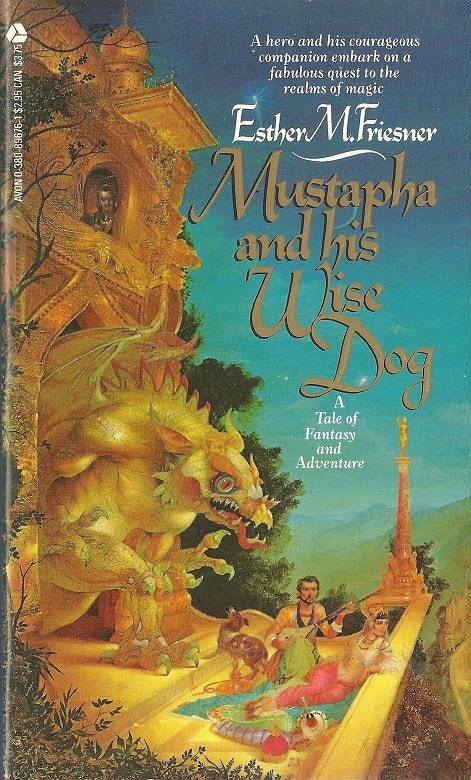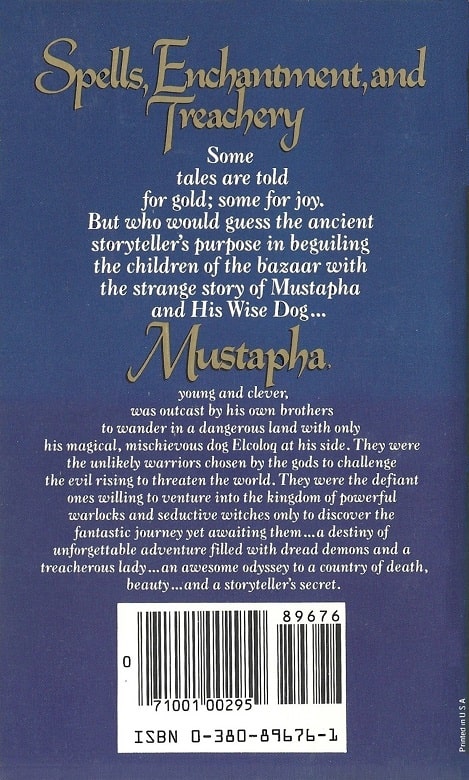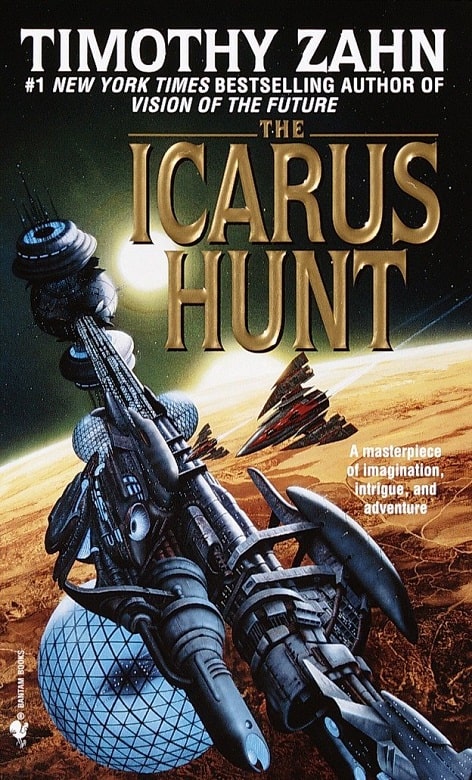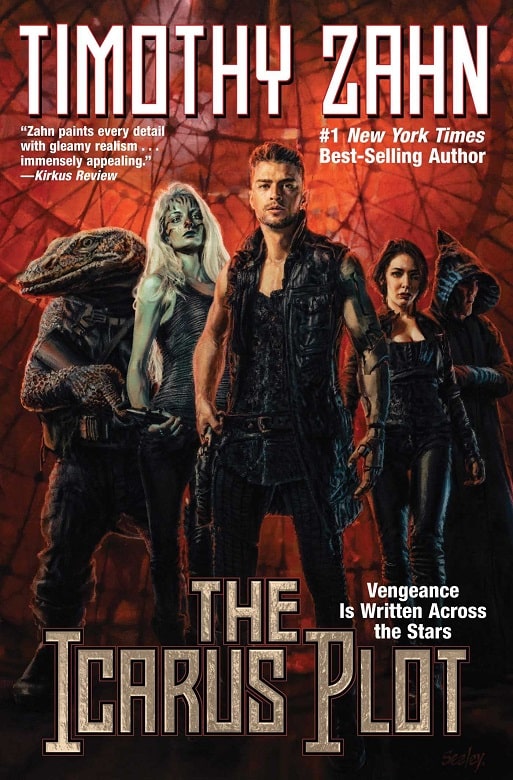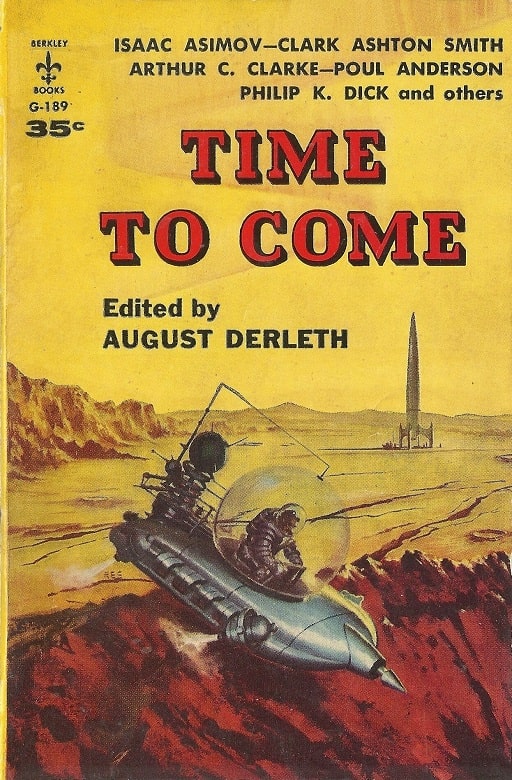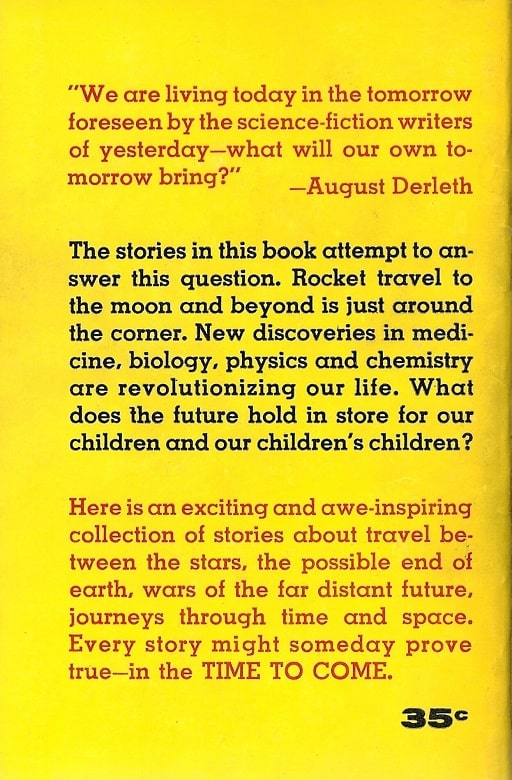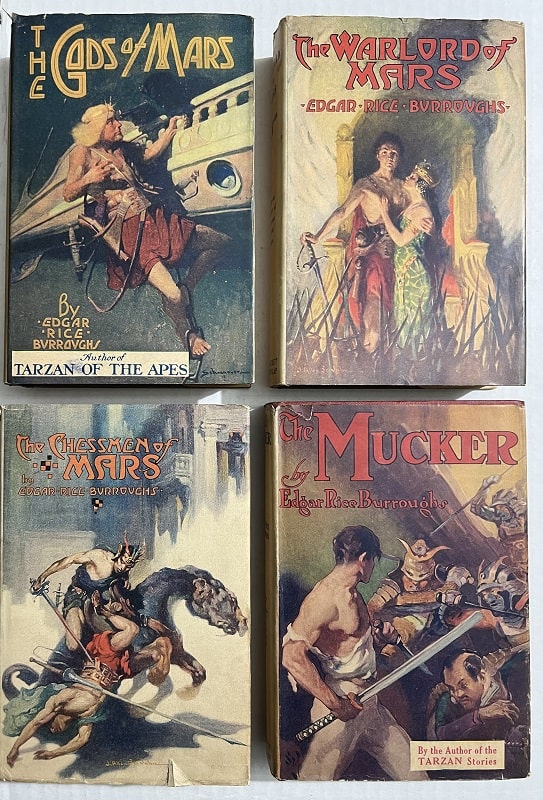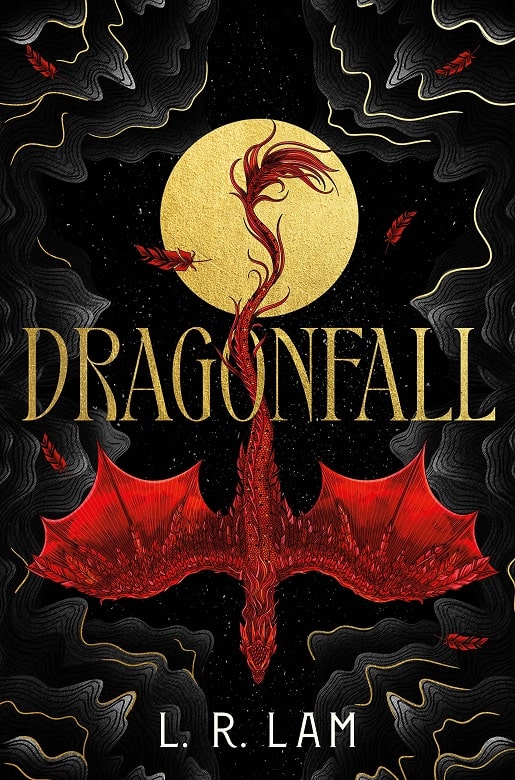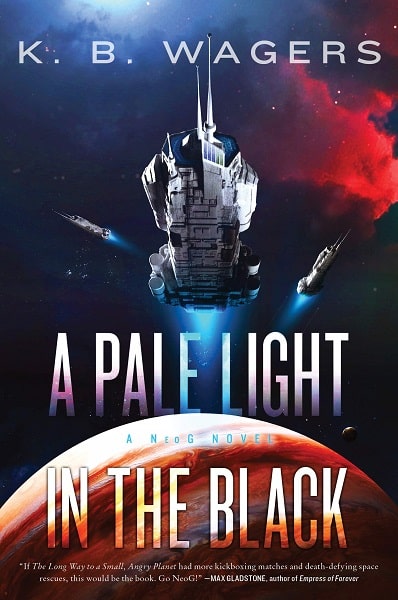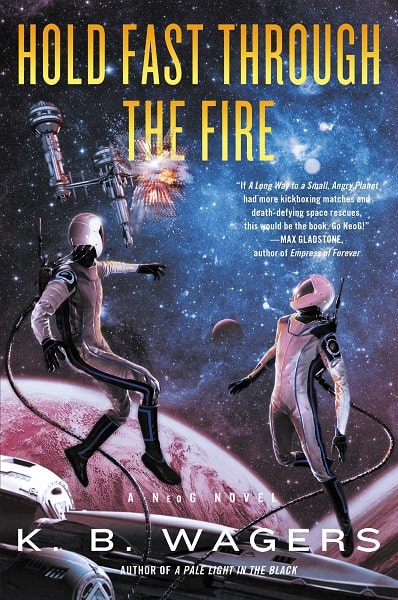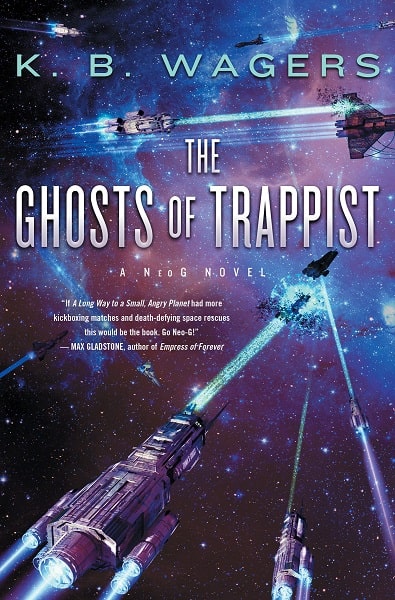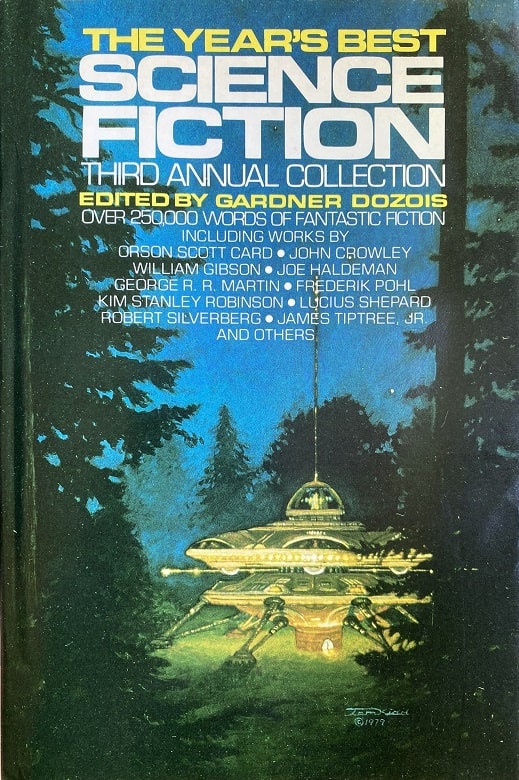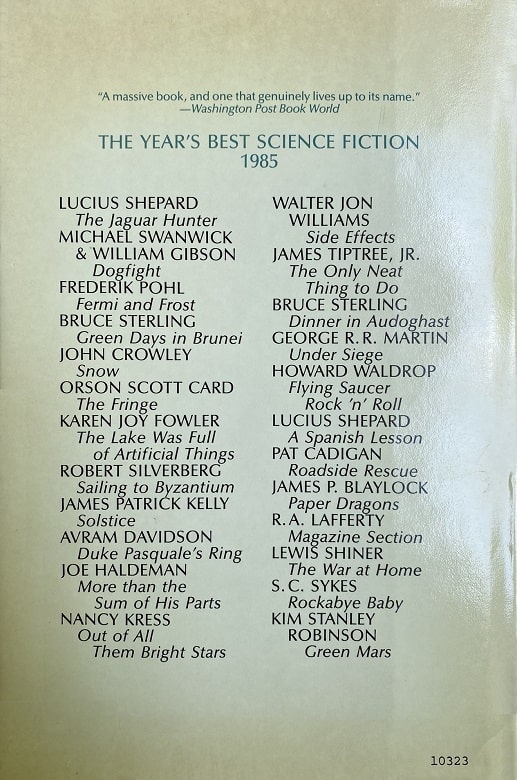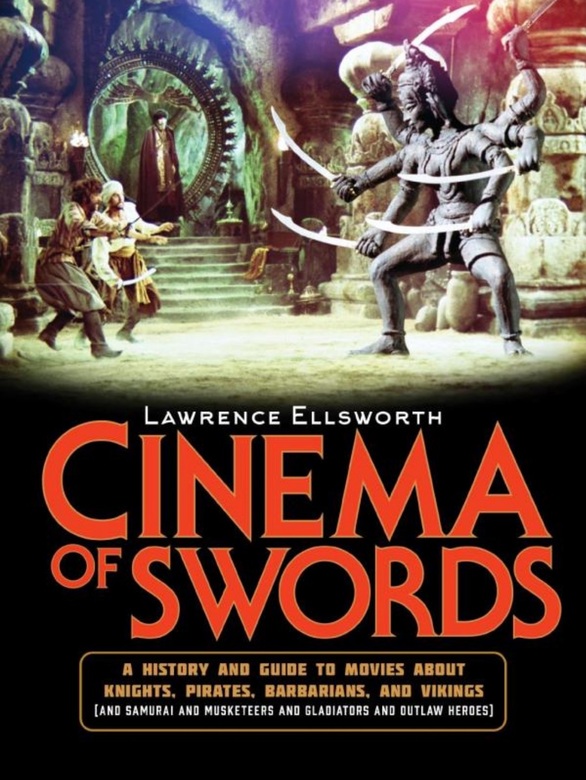Rogue Blades Entertainment presents Neither Beg Nor Yield!
“This anthology is the winning epitome of my career whether another reader sees it or not.” – Jason M Waltz
Jason M Waltz is well known amongst adventure fiction readers, especially the Swords & Sorcery crowd. With his Rogue Blades Entertainment and associated Foundation, he’s brought us the epic Return of the Sword (BG review) and then Rage of the Behemoth, and Demons. He’s edited/published a variety of other anthologies with themes of Weird Noir, Pirates, and Sword & Planet with Last Empire of Sol (BG review), and splendid nonfiction like Writing Fantasy Heroes (BG review) and recently Robert E. Howard Changed My Life (BG review). Jason M Waltz has contributed a number of Black Gate posts too (link). While I write this, Waltz just got a story published in Whetstone S&S Magazine #7 that caps the set with an emotive tale, both heroic and tragic.
Waltz is a wizard at crafting Introductions to anthologies (his and those published by others); they usually evoke a call to arms to be heroic. He consistently makes me feel like a hero just by reading the forewords.
Today he broadcasts exciting news. Prepare for another Sword and Sorcery extravaganza this fall called Neither Beg Nor Yield (NBNY)! Jason M Walts calls for our aid to make this a reality via a Kickstarter campaign scheduled to run August 22 through Sept 19th. Sixteen authors are already engaged, and their identities are being revealed as teasers via various venues.
